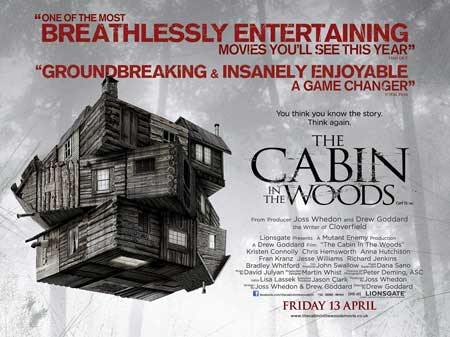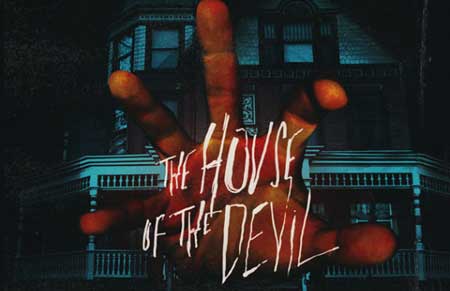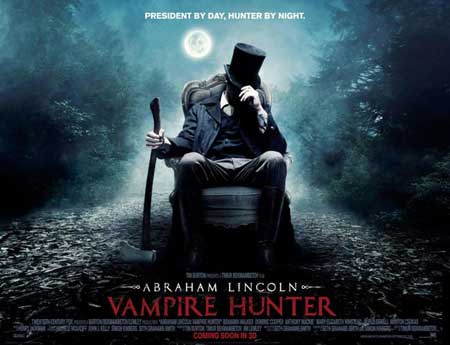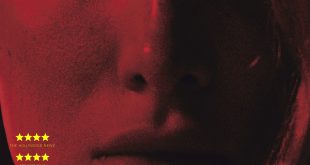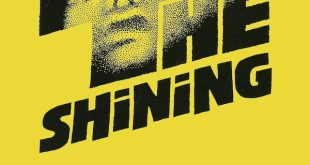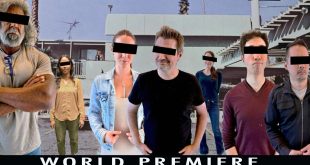Horror movies, as we know, have always been wildly popular due to their ability to thrill and scare people, generating feelings some would describe as euphoric. However, keeping the public interested is challenging when they are only so many ways to make similar stories equally as shocking and entertaining. The rise of shock horror is an example of the limited fuel. As a result, cinematographers and screenplay writers have been focusing on changing the top photography schools, and incorporating new features, like:
- Mixed genres in one movie – to keep horror fresh and new, some films cross the genre boundaries, and cover more than just traditional horror formula. An example of this is the movie is Cabin in the Woods. Initially, it presents itself as a stereotypical, predictable horror movie. Cabin in the Woods is also, in its own right, a comedy. Characters in the movie offer subtle, sarcastic commentary about the predictable elements of horror movies, and state things that viewers may be thinking. Cabin in the Woods also offers elements of a modern bloodbath enhanced slasher film. But there is always that outer layer–the reality within the reality–that is more haunting than the gore. By mixing genres it eliminates the predictability that many viewers feel when watching a horror movie and adds an extra dimension of sinister action.
- Old-fashioned cinematography – some of the best horror films are those that rely on simple special effects rather than computer-generated features. Movies like Ti West’s House of the Devil, for example, rely upon 80s tonality, and even 80s props like corn syrup to imitate blood. While House of the Devil does not follow the same plot line, the effects are reminiscent of movies like Psycho. The movie also relies upon atmospheric cinematography like many older horror films – including those by Alfred Hitchcock. In order to generate viewer suspense, the movie uses long shots to build up anticipation. Viewers then wait for something to happen, and sometimes that wait ends up being better than the payoff. Cinematographers working on movies like this are often trained in still photography initially at top photography schools. This training further enhances their ability to produce unique effects that make movies like House of the Devil unique and appealing.
- Use of “found footage” – according to an article by Yahoo! Voices, one of the top movie trends in 2012 was the use of found footage. This is an aesthetic that got its mainstream start with the Blair Witch Project, where an aspect of the movie was filmed on a low quality camera by a character in the movie. This footage was then represented as true narrative fiction. The Paranormal Activity franchise brought this trend roaring back to the surface by telling stories largely through home surveillance cameras. The use of this type of cinematography makes viewers feel as though they’re living through the experience with the characters. The low quality camera footage offers an element of realism, as viewers feel as though they could be watching the events unfold in front of them. When household footage is shown in Paranormal Activity, viewers feel like the footage could have been taken in their own homes. This feeling of invasion is part of what makes the best found footage horror movies so effective at making scares.
- New perspective on old horror stories – in the last few years, many classic horror movies have been remade, and it is a trend that movie-goers both love and hate. Recently, filmmakers evolved with this trend and started remaking classic stories with a twist, so that viewers never quite know what to expect, but they recognize some elements from the older version. Movies like Dracula Year Zero (set to be released) and Abraham Lincoln: Vampire Hunter fall into this category. The latter, which was released in 2012, follows a familiar tale where the protagonists try to take down a civilization of vampires who pose a risk to human life. This story deviates from the traditional structure by making the protagonist historical figure Abraham Lincoln.
- Setting movies in foreign countries – to add an additional element of fear, many horror movies are being set in countries that have different cultural values. Westerners travel to these locations, and may already be apprehensive about the unknown. While it could be claimed there is an element of ethnocentric exploitation here, viewers can relate to this sense of uncertainty, so having Western characters attacked in an unusual place makes movies with this theme even scarier. Dark and shadowy effects are often used to highlight international landmarks in order add to the mystery of the locations used. The Hostel series of movies follows this structure; two American college students backpack across Europe, and after staying at a hostel, they find themselves held hostage and tortured by seemingly normal locals who are actually dignified members of society.
These trends used in today’s horror movies keep the genre alive and intriguing to movie lovers. It is necessary for continual innovation to help flush out old cliches after they’ve run their course and bring in new tropes.
5 Revitalizing Trends in Horror Movies Today
 Horror News | HNN Official Site | Horror Movies,Trailers, Reviews
Horror News | HNN Official Site | Horror Movies,Trailers, Reviews
